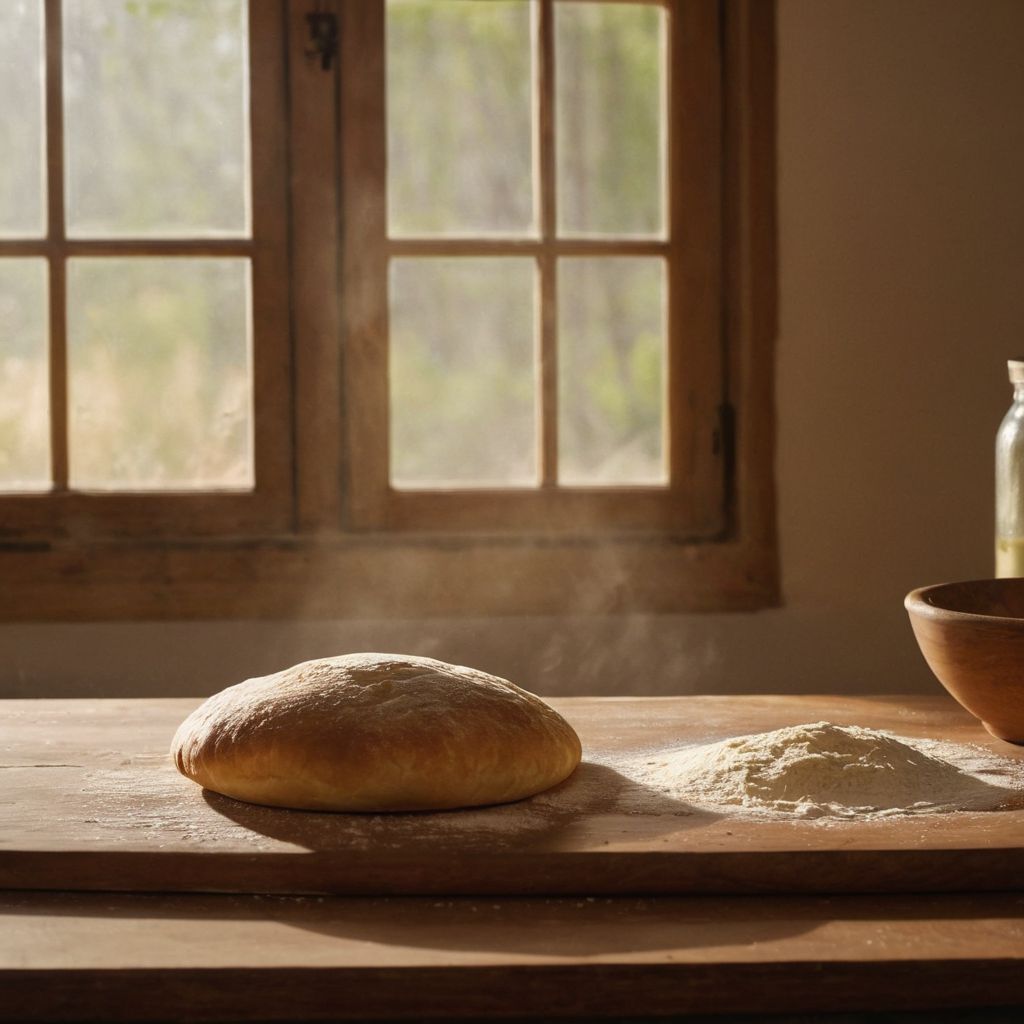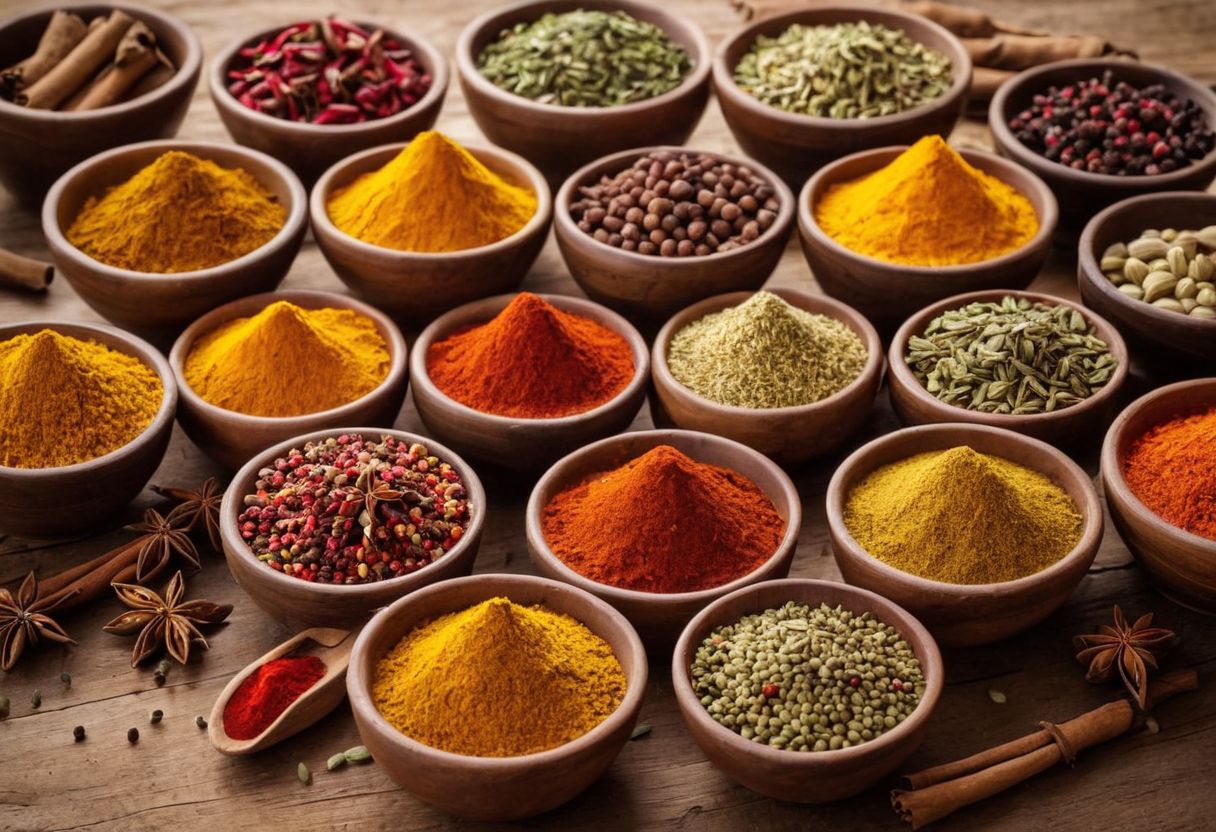Have you ever tasted the tangy and aromatic delight that is Rasam Indian?
Finding a traditional yet simple recipe for this beloved South Indian soup can often be challenging.
Rasam is a popular South Indian dish known for its spicy, tangy flavor, typically made without lentils or dal.
In this blog post, we’ll explore the cultural significance, key ingredients, and step-by-step instructions to prepare authentic Rasam Indian, along with pro tips, nutritional benefits, and regional variations to enhance your cooking experience.
Introduction to Rasam Indian: More Than Just a Soup

Rasam, a staple in South Indian cuisine, is much more than just a soup; it’s a vibrant mix of flavors that epitomizes comfort food in Southern India. Known for its tangy and spicy characteristics, rasam is traditionally prepared without lentils, making it a unique, soup-like dish that is both nourishing and soothing. This beloved dish not only tantalizes the taste buds but also carries a rich cultural heritage, often served during meals and special occasions across various regions of South India.
The preparation of rasam involves a meticulous blend of spices and ingredients that are native to the Indian subcontinent. This flavorful concoction is reputed for its digestive properties and its use in traditional medicine to alleviate symptoms of colds and flu. Understanding rasam’s preparation – from the selection of spices to the final simmer – provides insight into the culinary artistry that South Indian cooking offers.
Key Ingredients for Crafting the Perfect Rasam Indian

The perfect rasam hinges on its key ingredients, each selected for their distinct flavors and health benefits. Tamarind is indispensable for its sourness, while black pepper adds a subtle heat beneficial for immunity. Cumin and mustard seeds are essential for their digestive properties, and coriander seeds offer an aromatic depth while boasting anti-inflammatory benefits.
Other crucial elements include curry leaves, which introduce a unique citrus-like flavor, and asafoetida, a resin that imparts a smooth, savory essence to the dish. The use of fresh coriander and tomatoes not only enhances the taste but also contributes to the vibrant color of the rasam, making these ingredients fundamental to crafting an authentic South Indian rasam.
Step-by-Step Instructions to Make Authentic Rasam Indian
To begin making authentic rasam, start by soaking tamarind in warm water to extract its juice, which forms the base of the broth. In a separate pan, roast essential spices such as cumin seeds, black peppercorns, and coriander seeds until they release their aromas, then grind them into a fine powder.
Heat oil in a pan and sauté mustard seeds, dried red chilies, and curry leaves. Add chopped tomatoes and the tamarind juice, and simmer until the tomatoes are soft. Stir in the freshly ground spice mix, along with a pinch of turmeric and asafoetida, to incorporate all the flavors.
Once the mixture comes to a boil, reduce the heat and let it simmer gently to allow the flavors to meld together beautifully. Adjust the seasoning with salt, and finish by garnishing with fresh coriander leaves. Remove from heat and let the rasam sit for a few minutes to enhance its flavors before serving.
Pro Tips for Perfecting Your Rasam Indian Recipe
For an exceptional rasam, freshness of the ingredients is key. Use freshly squeezed tamarind juice and newly ground spices to ensure a robust flavor profile. Additionally, tempering the spices correctly is crucial; they should sizzle without burning, to release their maximum flavor without bitterness.
Another pro tip is to allow the rasam to rest after cooking. This resting period lets the flavors develop more deeply, resulting in a more harmonious blend. Serve the rasam hot, either as a soup or poured over rice, to enjoy its comforting and aromatic qualities to the fullest.
Exploring Variations of Rasam Indian Across Regions
Rasam, while rooted in South Indian tradition, showcases a delightful variety of regional interpretations that reflect local tastes and ingredients. In Tamil Nadu, a classic tomato rasam reigns supreme, known for its use of ripe tomatoes and a hint of tamarind that provides a perfect balance of tangy and savory flavors. Moving towards Karnataka, the recipe transforms subtly, often incorporating a bit more jaggery to add a gentle sweetness, contrasting the spice.
Venturing into more innovative territory, chefs and home cooks alike experiment with ingredients like beetroot or pineapple to create beetroot rasam and pineapple rasam, each lending a unique flavor and vibrant color to the traditional dish. These variations not only enhance the visual appeal but also introduce a nutritional boost, making rasam a more versatile dish that can adapt to different dietary preferences and seasonal ingredients.
Serving Rasam Indian: Best Practices and Pairings

When serving Rasam Indian, presentation and accompaniments can greatly enhance the dining experience. It’s traditionally served hot in small bowls or cups, which helps retain its warmth and rich aroma. For an authentic touch, consider serving it after sambar and before the main course, as it’s known to cleanse the palate and aid in digestion.
Pairing Rasam with the right side dishes can elevate this simple soup to a hearty meal. Popular choices include:
- Steamed rice, which beautifully absorbs the tangy flavors of Rasam.
- South Indian snacks like Idli or Medu Vada, which complement the spicy and sour taste profile.
- A side of crispy pappadums or simple toasted bread, adding a delightful crunch.
Nutritional Benefits of Including Rasam Indian in Your Diet
Rasam Indian is not just a feast for the senses with its tangy and spicy flavors, but it’s also a powerhouse of nutritional benefits. This light, broth-like soup is low in calories, making it an excellent choice for those managing their weight. The key ingredients like tamarind and tomatoes are loaded with vitamins and antioxidants, which help in boosting overall health. Additionally, the spices used in Rasam, such as black pepper and cumin, are known for their thermogenic properties that aid in metabolism and fat burning.
Incorporating Rasam into your diet can also have significant digestive benefits. The combination of tamarind, tomatoes, and a variety of spices helps in the improvement of digestion and prevents bloating. Here are a few more benefits:
- Rich in dietary fiber: Ingredients like tomatoes contribute to the fiber content, which promotes a feeling of fullness and aids in weight management.
- Enhances immunity: The spices in Rasam are known for their anti-inflammatory and antibacterial properties, which can help in strengthening the immune system.
- Mood enhancer: The aromatic spices in Rasam stimulate the release of endorphins, improving mood and reducing stress.
Watch and Learn: Video Guide to Making Rasam Indian
Watching a video guide on making Rasam Indian can be incredibly helpful for beginners and seasoned cooks alike. It provides a visual walkthrough of the entire process, from selecting the right ingredients to the final steps of preparation. Viewers can see exactly how to properly roast spices and incorporate them into the dish, ensuring they capture the authentic flavors of this South Indian specialty.
Additionally, video tutorials often include valuable cooking tips and tricks that are not covered in written recipes. For instance, they might demonstrate the ideal consistency of the tamarind water or the correct way to temper spices in hot oil. These visual cues help ensure that even those new to Indian cooking can achieve a delicious and genuine Rasam at home.
Photo Guide: Visual Steps to Prepare Rasam Indian
A visual guide can significantly simplify the process of making Rasam Indian, especially for those who are visual learners. Step-by-step photos help in understanding the texture and color changes at each stage, ensuring that you are on the right track. For instance, photos can show the exact moment when tomatoes are perfectly cooked or when the spices are properly roasted, which are crucial steps that affect the final taste of the rasam.
Additionally, these photos can highlight how to properly execute techniques like tempering spices in oil, a common step in Indian cooking that can be tricky for beginners. Visual cues in the guide can include:
- The color of mustard seeds when they start to pop in the oil.
- The consistency of tamarind water after it has been properly soaked and strained.
- The vibrant color of the rasam once all ingredients are combined and simmered.
These visual steps not only build confidence in cooking but also ensure that the rasam retains its authentic South Indian flavor.
Discover Authentic Flavors with INDULGE‘s Culinary Tours
INDULGE offers curated culinary tours that are perfect for food lovers eager to explore authentic Indian cuisine in the heart of Zurich. These tours are guided by local culinary experts, including chefs and sommeliers, ensuring an immersive experience into the rich flavors and traditions of Indian cooking.
By participating in INDULGE‘s culinary tours, you’ll not only savor the taste but also gain insightful knowledge about the ingredients and cooking techniques used in Indian cuisine. Benefits of these tours include:
- An introduction to traditional spices and cooking methods
- Sampling a variety of dishes that represent different regions of India
- Learning about the cultural significance behind each dish
Frequently Asked Questions
What is rasam made of?
Rasam is a traditional South Indian dish made from a blend of spices and key ingredients such as tamarind, black pepper, cumin seeds, mustard seeds, coriander seeds, curry leaves, asafoetida, fresh coriander, and tomatoes. These ingredients are combined to create a tangy and spicy broth.
What does rasam do to your body?
Rasam offers several health benefits due to its nutritious ingredients. It is known for its digestive properties, helping to improve digestion and prevent bloating. The spices in rasam, such as black pepper and cumin, have thermogenic properties that aid in metabolism and fat burning. Additionally, ingredients like tamarind and tomatoes are rich in vitamins and antioxidants, enhancing overall health and immunity. The aromatic spices also stimulate the release of endorphins, improving mood and reducing stress.
What do you eat rasam with?
Rasam is traditionally served hot and can be enjoyed in various ways. It pairs well with steamed rice, which absorbs its tangy flavors. It can also be accompanied by South Indian snacks such as Idli or Medu Vada, which complement its spicy and sour taste profile. Additionally, rasam can be served with crispy pappadums or simple toasted bread for added texture.








